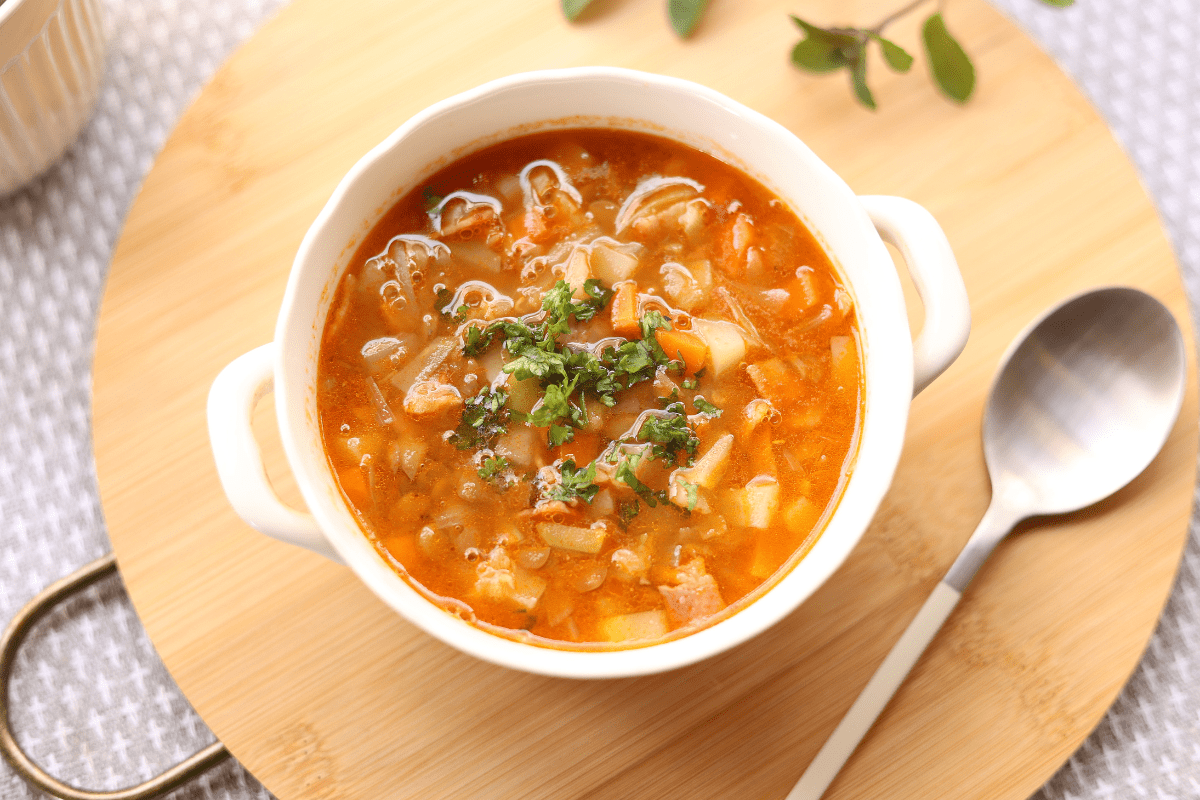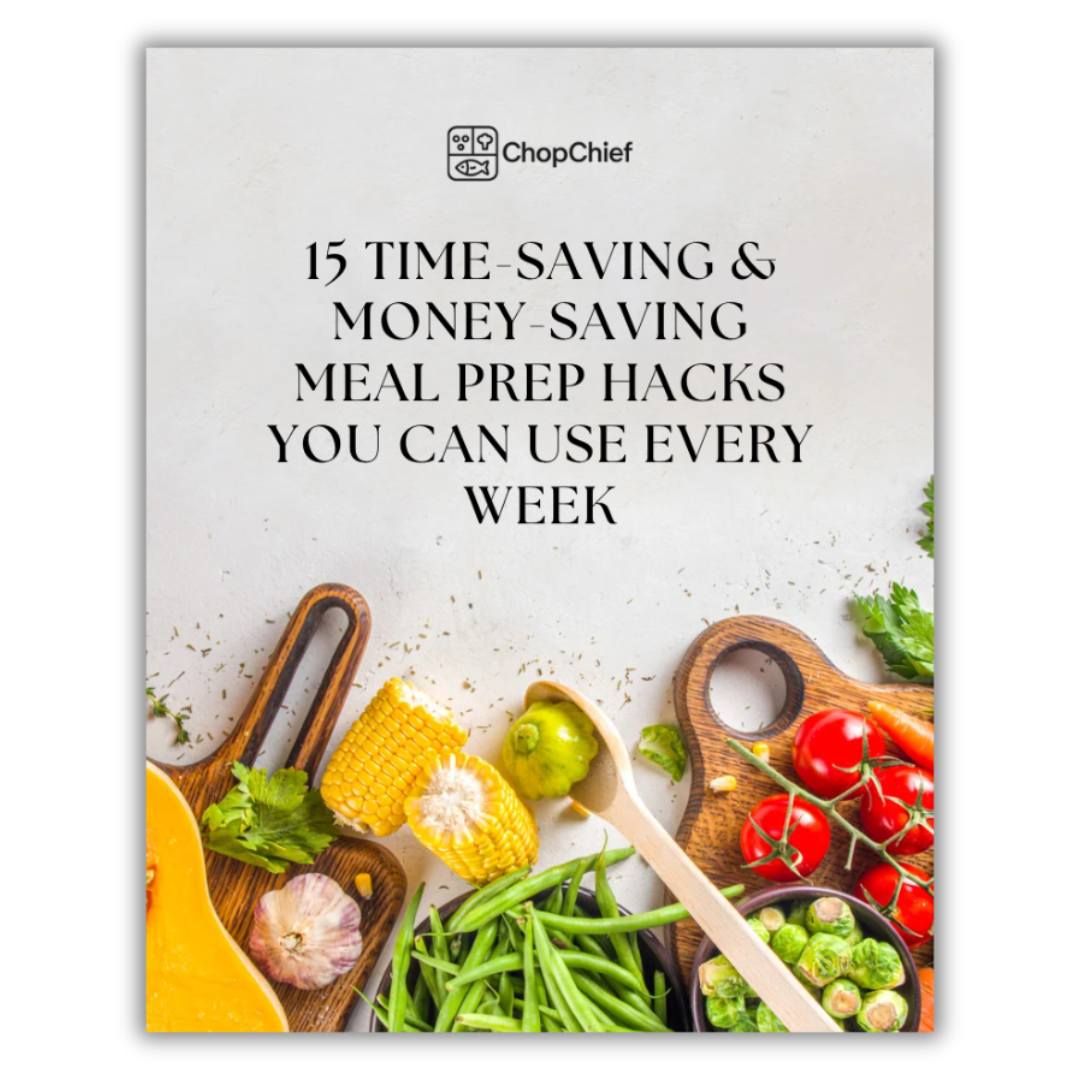A Healthy Meal Planner to Build Weekly Menus That Save Time & Money

The Ultimate Healthy Meal Planner Guide
What if a healthy meal planner could erase your "what's for dinner" stress and help you save time and money? Many people come home tired, open the fridge, and then order takeout because cooking feels hard. However, spending just 30 minutes to plan a week can change everything. Therefore, you'll cook more at home, control portions, and meet your health goals. In this guide, you'll get simple weekly menus, smart shopping lists, and easy prep tricks that cut waste and cost. For example, dietitian-made plans and apps can turn recipes into a single grocery list and speed up cooking. Furthermore, we explain how to repurpose leftovers, schedule slow-cooker nights, and plan for busy days. Backed by expert tips and real tools, this guide is friendly and practical. By the end, you will save money, reduce stress, and eat balanced meals all week for good.What a Healthy Meal Planner Is — Benefits & Why It Works
A healthy meal planner is a simple map for your meals over a set time, usually a week. For example, it lists what you will eat each day so you do not ask “What’s for dinner?” every night. Additionally, planning ahead helps you eat more nutritious home-cooked meals because restaurants often use more calories, added fat, sugar and sodium. For more on this, see Brown Health: Meal Planning 101.
How a healthy meal planner works
First, you pick recipes for the week and note days you will cook or eat out. Then, you make a grocery list and check what you already have. Because of that, shopping is faster and you avoid buying duplicates. Finally, you prep some items ahead, which saves time on busy nights.
Key evidence-backed benefits
- Less decision fatigue: therefore, you avoid daily “what to eat” stress.
- Fewer takeout meals: consequently, you cut calories and excess sodium.
- Better portion and ingredient control: so you can meet health goals.
- Lower grocery bills and reduced food waste: furthermore, planning reuses ingredients across meals.
Moreover, apps and planners report real gains. For example, Mealime says millions of users have saved time, reduced stress, lost weight, and saved money by cutting food waste and streamlining grocery shopping. Learn more at Mealime: Mealime. Additionally, many tools convert chosen recipes into a ready grocery list to speed shopping.
Why dietitian-created plans matter
Importantly, high-quality plans are often made by registered dietitians. For instance, EatingWell labels many meal plans "Created by a Dietitian," which adds credibility for readers seeking evidence-based templates. Therefore, choose dietitian meal plans when possible to ensure balance and nutrient goals. Also, short plans like a 7-day menu can jump-start healthy habits without overwhelming you.
In short, a healthy meal planner saves time and money, improves nutrition, and cuts waste. Furthermore, it reduces daily stress and helps maintain portion control. Finally, start small and use trusted resources to build a plan that fits your week.
Step-by-Step: Build a Practical Weekly Healthy Meal Plan
Use this simple, repeatable workflow to act as your healthy meal planner. First, set aside 30 minutes before grocery shopping—Friday evening works well if you shop on weekends. Then you can plan the week, make a focused grocery list, and lower stress while saving time and money. For more on planning basics, see Brown Health.
Weekly workflow: plan in 30–60 minutes
- First, create a weekly grid with days of the week and note busy nights.
- Next, block busy evenings for slow-cooker, sheet-pan, leftovers, or takeout.
- Then choose 3–4 cooked meals, schedule 1–2 leftover nights, and keep one night out. Therefore you won’t feel overwhelmed.
- Also assign recipes to days, and note any defrost or extra prep needs.
Grocery list and prep strategy
Check your fridge and pantry before you write the list. If you already have ingredients, do not add them to the cart. In addition, review chosen recipes and add staples like milk, bread, and cereal separately. For convenience, Mealime can combine ingredients into one shopping list and even help reduce food waste. Finally, if weekdays are tight, chop vegetables or roast items on the weekend to cut weekday cooking time.
Repurpose leftovers to reduce waste
- Leftover roast chicken → stir into quick-cooking rice and frozen vegetables for a fried-rice variation.
- Extra yogurt → use as a topping on baked oatmeal or granola.
- Therefore, repurposing adds variety and saves money.
Concrete example weekly meal plan
- Sunday: Minestrone soup with sourdough bread
- Monday: Baked chicken, roasted potatoes and roasted broccoli
- Tuesday: Tacos with ground turkey, brown rice and black beans
- Wednesday: Leftover minestrone soup
- Thursday: Whole-grain pasta with roasted chicken and broccoli
- Friday: Homemade pizza with store-bought dough, side salad
- Saturday: Night out
Quick tips for success
- Batch-cook proteins and freeze portions. This saves time and supports adherence.
- Plan 25–30 minute dinners on busy nights; Mealime and EatingWell offer many fast recipes.
- Finally, keep the plan flexible. However simple changes are okay—consistency matters more than perfection.
For a full guide, visit Brown Health: Meal Planning 101 and try Mealime for hands-on grocery list features: Mealime. With this approach, your healthy meal planner becomes easy, realistic, and repeatable.
Best Tools, Dietitian Meal Plans & Templates to Use Today
Jumpstart a healthy meal planner with vetted resources. Below are trusted apps, publisher meal plans, and plan categories you can use right away. Therefore, you can move from overwhelm to action in one afternoon.
Recommended app: Mealime
- Combines all recipe ingredients into one handy grocery list, so you can shop or order delivery fast.
- Most recipes are designed to finish in about 30 minutes; moreover, step-by-step instructions help novice cooks feel confident.
- Offers deep personalization: classic, flexitarian, vegetarian, vegan, low-carb, paleo, keto, pescetarian and more, plus allergy filters and ingredient blacklists.
- Built to reduce food waste by reusing ingredients across meals; additionally, a low-cost Mealime Pro adds nutrition info and premium recipes.
Dietitian-curated plans to pick from (EatingWell)
For structured, evidence-based templates, check EatingWell’s catalog. Their plans are created by registered dietitians and cover many goals. For example, you can browse Mediterranean, weight-loss, high-protein, anti-inflammatory, gut-healthy, diabetes-friendly, heart-healthy, low-carb, gluten-free, vegan, vegetarian, and more. Visit EatingWell Meal Plans to explore categories and full details.
- Popular 7-day templates: 7-day Mediterranean beginner plan and 7-day high-protein low-carb plans.
- Popular 30-day templates: 30-day anti-inflammatory and 30-day Mediterranean plans.
- Many are labeled "Created by a Dietitian," so you get credible guidance immediately.
How to combine templates and tools
Try a simple pick-two approach: first choose a weekly template for your eating pattern, and then add one app to automate lists and schedules. For instance, pair an EatingWell plan with Mealime to auto-generate a grocery list and weekly shop. Alternatively, print a weekly planner and sync it to Mealime when you shop.
Take action now
To implement a healthy meal planner today, download a printable weekly planner, grab a sample meal plan based on the Brown Health example, and try Mealime for grocery automation. Furthermore, include links to EatingWell categories and Mealime in your article so readers can start planning right away.
Conclusion
A healthy meal planner is a simple weekly map that cuts decision fatigue, saves money, reduces waste, and improves nutrition. By planning meals in 30–60 minutes, you can prep, shop smart, and fit cooking into busy weeks. Furthermore, repurposing leftovers and batch-cooking make meals faster and cheaper. Many trusted tools help: Mealime auto-generates grocery lists, and EatingWell offers dietitian-created templates for balanced plans. Also, check your pantry before you shop to avoid duplicates and waste. Therefore, start with a 7-day plan, pick a template, and use an app to automate lists and steps. Finally, keep it flexible and aim for consistency over perfection. Ready to try it? Download a planner, choose a dietitian plan, and make your first healthy meal planner this week. If you need help, try Mealime or a dietitian-curated EatingWell plan, and share your wins to help others. Start small, and watch healthy habits grow fast today.
